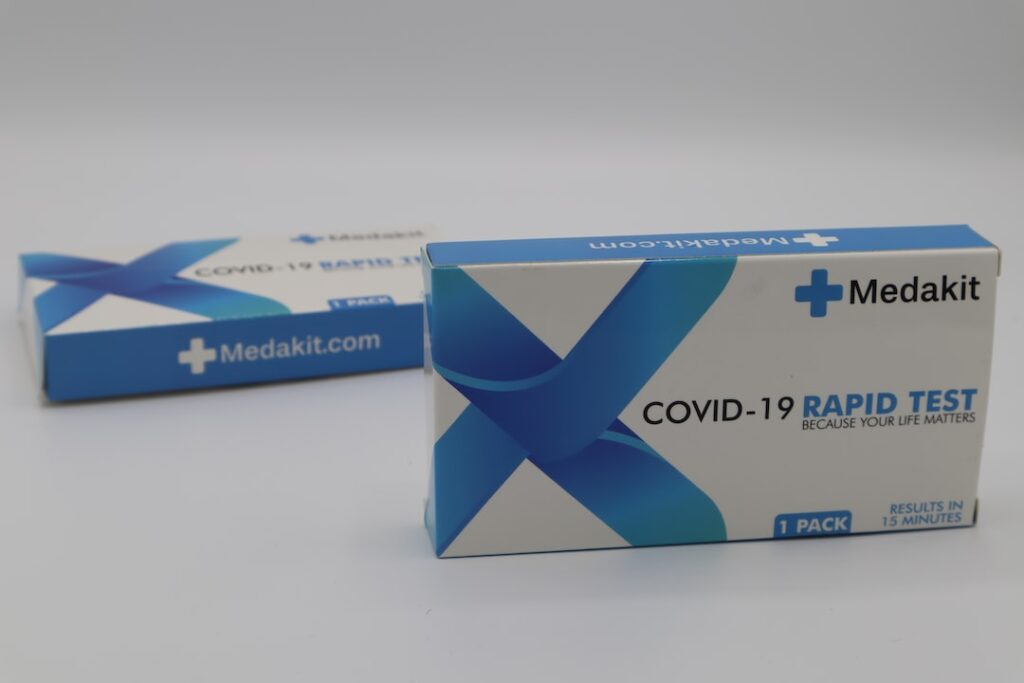Understanding and Managing Ingrown Toenails
Dealing with an ingrown toenail can be uncomfortable and sometimes even painful. It’s important to know how to spot signs of infection and how to properly care for it. In this blog post, we’ll discuss how to identify an infected ingrown toenail and delve into some practical methods for prevention and treatment.
Surprising Statistics on Ingrown Toenails
Did you know that approximately 20% of the population suffers from ingrown toenails at some point in their lives? Moreover, studies have shown that about 3-5% of all primary care physician visits are due to ingrown toenails. It’s a much more common issue than you might think!
Spotting an Infected Ingrown Toenail
It’s crucial to be able to recognize the early signs of infection in an ingrown toenail to prevent it from becoming a serious problem. Here are some key symptoms to look out for:
1. Increased Pain and Swelling
When an ingrown toenail becomes infected, you may notice a significant increase in pain and swelling around the affected area.
2. Redness and Warmth
The skin surrounding the ingrown toenail may appear red and feel warm to the touch, indicating the presence of infection.
3. Pus or Drainage
If you notice any discharge of pus or fluid from the ingrown toenail, it’s a clear sign that infection has set in.
4. Foul Odor
An unpleasant smell emanating from the affected toenail is another indication that infection is present.
How-to: Dealing with an Infected Ingrown Toenail
If you suspect that your ingrown toenail is infected, it’s essential to take the appropriate steps to address the issue.
1. Soak Your Foot
Soaking your foot in warm, soapy water several times a day can help reduce swelling and alleviate discomfort. It can also aid in softening the nail and surrounding skin.
2. Keep It Clean and Dry
Ensure that the affected area is kept clean and dry at all times to prevent the spread of infection. Consider using an antiseptic solution to gently cleanse the area.
3. Apply Antibiotic Ointment
Using an over-the-counter antibiotic ointment can help combat the infection. Be sure to follow the instructions provided and keep the area covered with a bandage.
4. Wear Appropriate Footwear
Avoid wearing shoes that crowd or compress your toes, as this can exacerbate the issue. Opt for comfortable, well-fitting footwear that allows your toes to move freely.
5. Seek Medical Attention
If the symptoms persist or worsen, it’s crucial to seek professional medical attention. A healthcare provider can assess the situation and provide the necessary treatment, which may include oral antibiotics or, in severe cases, a minor surgical procedure to remove the ingrown portion of the nail.
Prevention Tips for Ingrown Toenails
Prevention is key when it comes to avoiding the discomfort and potential complications associated with ingrown toenails. Here are some practical tips to help prevent them from occurring:
1. Trim Your Nails Properly
Cut your toenails straight across and avoid rounding the edges to reduce the likelihood of ingrown toenails.
2. Wear Protective Footwear
When engaging in activities that could pose a risk to your toes, such as sports or manual labor, wear protective footwear to minimize the chances of injury.
3. Maintain Good Foot Hygiene
Keeping your feet clean and dry, paying particular attention to the area around the nails, can help prevent ingrown toenails.
4. Avoid Nail Trauma
Be mindful of activities or habits that could cause trauma to your toenails, such as excessive pressure or repetitive impact.
Summary
In conclusion, being able to identify and address an infected ingrown toenail is essential for maintaining foot health. By recognizing the early signs of infection and taking appropriate measures, you can effectively manage the issue and prevent it from escalating. Additionally, implementing preventative strategies can significantly reduce the likelihood of ingrown toenails occurring in the first place, promoting overall foot wellness. Remember, if you’re ever in doubt about the condition of an ingrown toenail, seeking professional medical advice is always the best course of action. Take care of your feet, and they’ll take you where you want to go!















